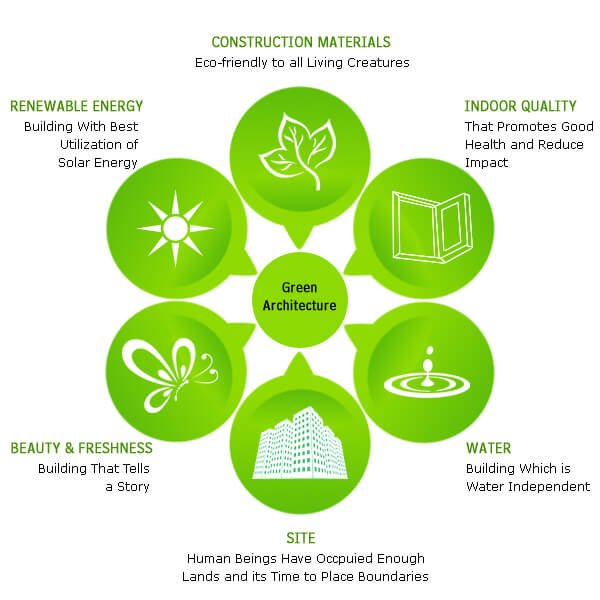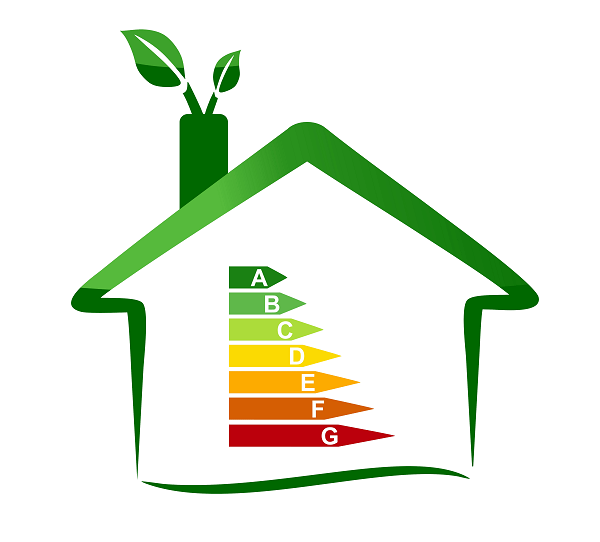Through its supply of reclaimed wood material such as decking and flooring, Kaltimber is part of a worldwide wish to embrace sustainability at all levels. The architecture world is also increasingly embracing a sustainable approach. From legislation pressure to developers' wishes to be part of the Green Architecture Revolution, the trend is here to stay. And to grow! But what does it mean exactly?
What do we mean by Sustainable Architecture? Sustainable architecture is the practice of designing and constructing buildings in an environmentally responsible and resource-efficient manner.
Credit: Adroit Architecture
It seeks to minimize the negative environmental impact of buildings by enhancing their efficiency and moderation of their consumption of natural resources such as energy, water, and materials.
Sustainable architecture incorporates a variety of strategies, such as using local and renewable materials, designing for energy efficiency, and incorporating green spaces into the built environment. Some of the key principles of sustainable architecture include energy efficiency, water conservation, waste reduction, and indoor environmental quality.
Credit: hiking.org
The environmental impact of buildings can be significant. Buildings are responsible for a large portion of energy consumption, water use, and greenhouse gas emissions, and the materials used in construction and maintenance can also have an impact on the environment.
Some of the specific ways in which buildings can have an impact on the environment include:
Energy consumption:
Heating, cooling, and lighting buildings account for a significant portion of global energy use. Buildings that are not energy efficient can have a high carbon footprint and contribute to climate change. Hence, it is very important to know how to save energy. There are many ways to do so, some harder than others!
Water use:
Credit: US Energy Department
Buildings consume large amounts of water, both for domestic purposes (such as flushing toilets and washing) and for irrigation of landscaping. In some areas, water scarcity is an issue, and it is important to design buildings that are water efficient. Industrialization and modernization have led to the pollution and contagion of the many natural water resources like lakes, rivers, etc. The majority of the wastewater comes from industries and sewage water from commercial and residential has been driven into the ocean or seas.
Materials:
Construction site using Kaltimber reclaimed wood lamellas
The production and transportation of building materials can have a significant environmental impact. Using locally sourced, recycled, or renewable materials can help to reduce this impact.
This is where Kaltimber comes into play by supplying 100% reclaimed wood decking and flooring to world renowned architects and private home owners alike.
Waste:
Buildings generate waste, both during construction and during their lifecycle. Proper management of this waste can help to reduce its impact on the environment.
By designing and constructing buildings with these factors in mind, we can reduce their impact on the environment and create more sustainable built environments.






